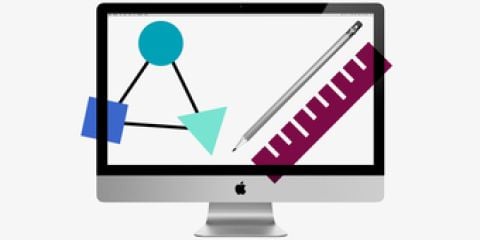Design is any process that involves creating a product or system that supports the needs of a specific group. UX stands for "user experience" and is the process and methodology employed by designers that focuses on making the usability of any product or web page as intuitive and easy as possible for users.
When combining design and UX, teams will often focus their design on serving a target audience. It then becomes important to consider the functionality of a design and how it caters to users. By understanding how variables work together, designers can craft products that make the everyday lives of consumers easier.
What is the purpose of design?
- A successful design bridges the gap between companies and consumers by addressing the unique needs of a target audience.
Simplicity should come to define every interaction with a product, so UX designers operate with the goal of making a design that’s effective but not distracting. To deliver a seamless user experience, companies must take an empathetic approach and study the preferences of their target audiences. A product that feels intuitive is one that demonstrates an understanding of what consumers want and expect out of the product.
At the same time, a product should improve the lives of consumers in some way. Even if a product enables users to accomplish a beneficial task, people may need a slight nudge to keep making progress. That’s why designers often incorporate behavioral design principles into their work, giving consumers the encouragement they need to finish. As a result, placing consumers at the center of the process informs design decisions and leads to more relevant products.
What are the elements of design?
- There are many elements of design, but six most common are lines, shapes, colors, typography, texture and space.
Designers must know how to wield the visual elements of design. Understanding how elements such as typography and color interact to craft appealing on-brand designs, or how shapes can bring order and clarity to products and user experiences are very important. There are six basic elements of design that every designer may utilize in one way or another:
- Lines create division, structure and focal points in design.
- Shapes help emphasize areas of a design.
- Colors can establish mood and help associate feelings and emotions with a brand or concept.
- Typography is size and font of text in a design and can be used for everything from readability to visual heiarchy.
- Texture adds depth to a design by representing how an object may feel.
- Space is used strategically by designers to create an elegant layout and avoid overwhelming the eye.




